How the South Downs National Park is celebrating 10 years of biodiversity successes
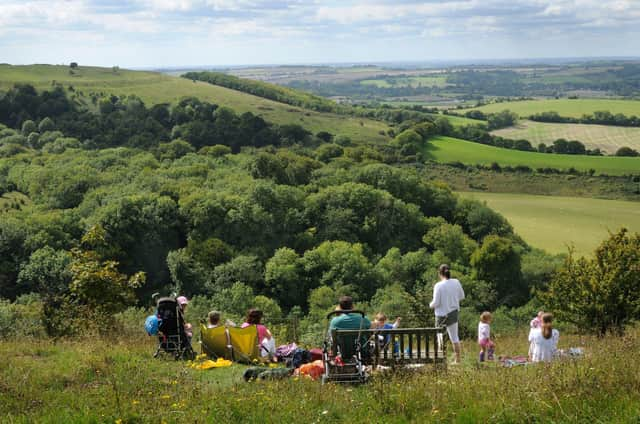

It’s a national treasure that stretches 87 miles from Winchester to Eastbourne and connects valuable habitats and residential communities along the way.
The park stretches 87 miles from Winchester to Eastbourne and connects valuable habitats and residential communities along the way.
Advertisement
Hide AdAdvertisement
Hide AdSince the South Downs National Park was officially created on March 31, 2010, this network has flourished and, with 25 days to go until it turns 10, nature lovers across the Portsmouth region and the south east of England have much to celebrate.
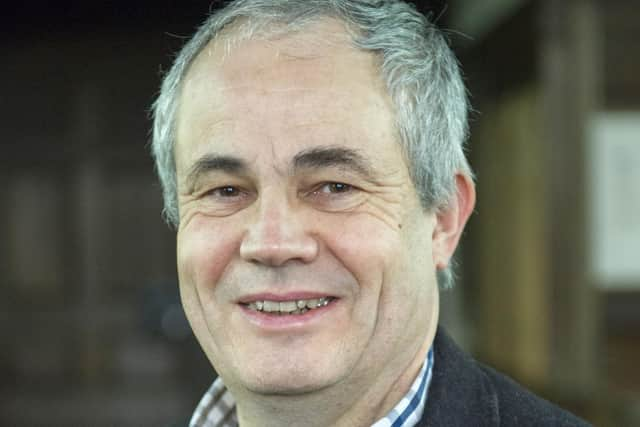

Since 2012 Trevor Beattie has been the CEO of the South Downs National Park Authority, which is responsible for conserving and bolstering the park's natural beauty.
It also wants to maximise the opportunities members of the public have to enjoy it and learn from it.
On marking the park's first decade, Mr Beattie said: ‘We are celebrating what we have already achieved but we are also thanking people.
Advertisement
Hide AdAdvertisement
Hide Ad‘The first 10 years were about setting us up – from creating the South Downs Centre in Midhurst to making our local plan – and that is no small task because it covers 15 authority areas.
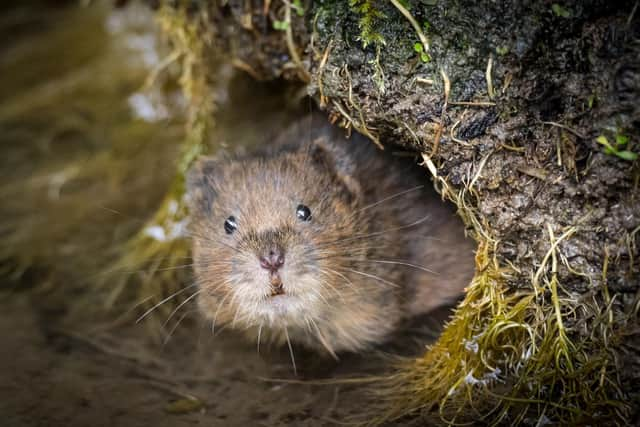

‘It's important to me this is a time to show our gratitude to all the keepers of this landscape, from members of the public, to our rangers, to our 300 volunteers, because I think the future of the national park will rely on its custodians.’
The South Downs proves a lifeline for declining water voles and crickets
One achievement which has proved indicative of the national park’s purpose a decade ago is its role in the resurgence of the water vole.
Advertisement
Hide AdAdvertisement
Hide AdThe species is the fastest declining mammal in the UK and saw its population fall by almost 90 per cent in the 1990s.
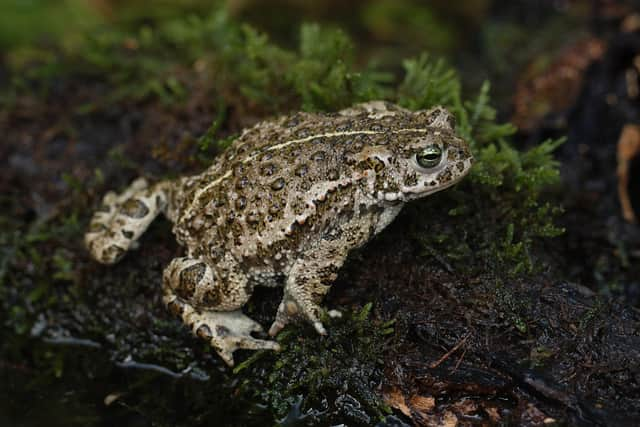

Thanks to the work of park staff and partners, including the Meon Valley Partnership and the Environment Agency, 2,833 of the creatures have been safely released at 30 spots along the River Meon in the past six years and are now breeding.
Water voles' burrowing and feeding on the water's edge helps make ideal conditions for other species of animals and plants to thrive.
Adam Cave, a biodiversity technical specialist at the Environment Agency, said: ‘It’s been one of the best projects that I have worked on since joining the Environment Agency, so very rewarding, and it is great when people tell me that they have seen a water vole on the Meon or heard the classic plop of a water vole entering the water.’
Advertisement
Hide AdAdvertisement
Hide AdBoth the field cricket and wart-biter bush cricket have also seen increases in population at the South Downs National Park.
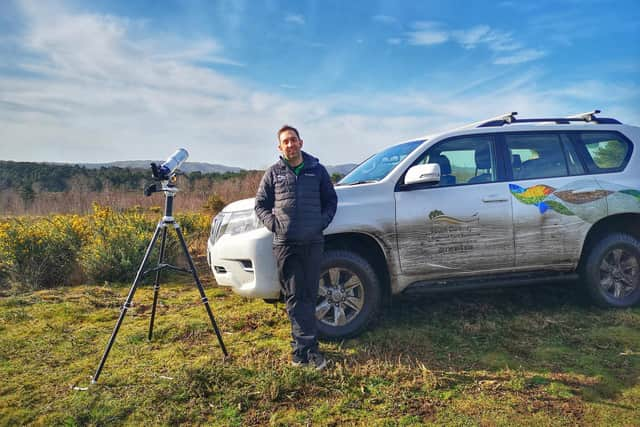

Three decades ago the former was isolated to a field of just 100 in West Sussex, but now lives across six colonies at heathland sites in Hampshire, Sussex and Surrey.
A favourite of South Downs National Park ranger, Charles Winchester, he said: ‘Hearing a field full of them singing on a warm day in May is a pretty special experience.
‘Being part of the creation of new colonies has been a real highlight for me.’
Advertisement
Hide AdAdvertisement
Hide AdAn ongoing project to improve and grow 1,200 football pitches’ worth of heathland at the South Downs National Park ends next year.
Smooth snakes and natterjack toads have also grown as part of the scheme, dubbed the the Heathlands Reunited Project.
Nature is not limited to the creatures on the ground
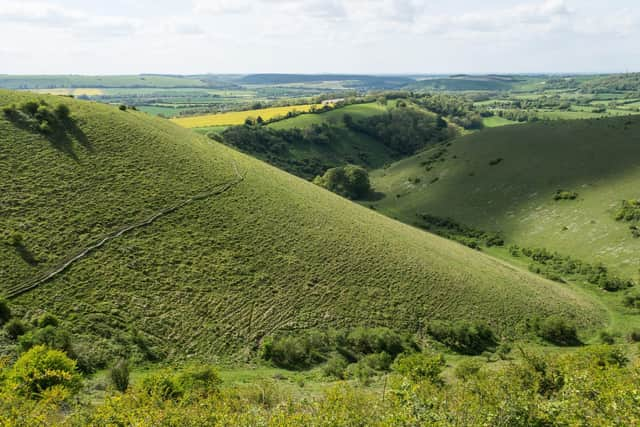

But another of the national park's passion projects has not only realised the beauty spot's natural potential on the ground, but in the sky too.
The national park became the world's newest international Dark Sky Reserve in 2016, joining an exclusive list of only 15 others globally.
Advertisement
Hide AdAdvertisement
Hide AdThis is because it was discovered its unimpeded darkness at night grants visitors an exceptional view of the stars.
South Downs lead ranger Dan Oakley, from Eastney, is the park's Dark Skies officer and helped pioneer the project with a pilot study.
The 45-year-old said: ‘We started by testing the sky quality and being a city boy myself I thought we had no chance.
‘But it was there – I could see the Milky Way and we found out Hampshire has better skies than other parts of the park.
Advertisement
Hide AdAdvertisement
Hide Ad‘We know that you can now engage with nature on a galactic scale here.'
Thanks to Mr Oakley's work, which has seen the darkest parts of the national park mapped out, more than 15,000 people have visited its annual Dark Skies Festival which returned last month.
It includes stargazing events for astronomers of all abilities and aims to bring the galaxy much closer to home.
A goal of defending the park's nighttime qualities has also been included in its local plan, which has policies that cover the types of lights land owners can use so their intensity does not pollute the sky or damage biodiversity.
Advertisement
Hide AdAdvertisement
Hide AdMr Oakley said: ‘Light takes away the ability to see these things.
‘Hampshire has got much darker in the past five years and that’s really, really good news.’
Formerly a BAE Systems engineer at Portsmouth Naval Base and a physicist, Mr Oakley joined the park as a volunteer 12 years ago and has been a fully-fledged ranger since the park was established.
He added: ‘The great thing about working for a national park is that every day is different.
Advertisement
Hide AdAdvertisement
Hide Ad‘We do a lot of conservation work and work with volunteers like I was – especially tending to habitats – and even they are all different.
‘When we consider where we came from as a national park, especially one that is quite urban in comparison to others, it's clear we have done well so far and we've set a model for the national parks to come.'
A lot has been done so far, but the work goes on
The top three challenges for the national park's next decade, Mr Beattie said, are climate change, community outreach and biodiversity.
‘The South Downs National Park is a natural health service and making that available to people who might not normally have easy access to it is one of our top challenges,' he said.
Advertisement
Hide AdAdvertisement
Hide Ad‘Our nation has a radical target of zero carbon by 2050 and we are right at the cutting edge of achieving that.
‘Our local plan is a tool for mitigating climate change and we’re working with partners and authorities on it.
‘If we work together we can do something – and because the national park is here for everyone this is a rallying cry.'
The South Downs National Park Authority will unveil a plan comprising its priorities and goals for the next five years on March 31.
Advertisement
Hide AdAdvertisement
Hide AdMr Beattie said the park has aspirations to boost species including beavers and pine martens, which are part of the weasel family.
You can celebrate the national park’s birthday too
FEW were more pleased to see the South Downs become a national park than members of the South Downs Campaign.
Owen Plunkett, 85, was a vice-chairman of the group for 10 years and watched it grow from a cluster of activists to a network of 170 affiliates.
Celebrities including Brian Blessed joined the drive, which struck a fever pitch when the former Labour environment secretary, MP Hilary Benn, signed the confirmation order that created the South Downs National Park on November 12, 2009 in Ditchling, East Sussex.
Advertisement
Hide AdAdvertisement
Hide AdMr Plunkett, who is also the publicity officer for both Hampshire Ramblers and the South East Hampshire Ramblers, said: ‘It was a wonderful time and there was such a good atmosphere in the group.
‘We started with three or four members, including the ramblers, and it just grew and grew.’
Both walking groups are inviting members of the public to join them for a special walk on Saturday, March 28 marking the national park’s 10th birthday.
It will begin with walkers being picked up by a vintage Southdown bus from Petersfield Railway Station at 10am, before being whisked off to the national park's headquarters in Midhurst, West Sussex.
Advertisement
Hide AdAdvertisement
Hide AdRefreshments and talks will follow, including representations from the chairwoman of the South Downs National Park Authority, Margaret Paren, and Kate Ashbrook, vice-president and chairwoman of the national Ramblers charity.
The bus will then take people to Petworth where a seven-mile stroll back to Midhurst will begin.
People wanting to take a shorter walk can stay on the bus to be dropped off closer to the final destination.
Walkers will be taken back to Petersfield Railway Station in the afternoon.
Advertisement
Hide AdAdvertisement
Hide AdMr Plunkett added: ‘Come see the South Downs National Park, enjoy a walk, see some really wonderful scenery and meet some interesting people.’
How to do your bit for the environment at home
AS WE mitigate the issues posed by climate change there are actions we can all take to help nature recover.
These steps have been outlined by the South Downs National Park:
- Create a space for nature in your garden or on your window sill
- Use less water
Advertisement
Hide AdAdvertisement
Hide Ad- Reduce your waste including single-use plastics, reuse products where possible and recycle everything you can
- Volunteer for a litter pick or a beach clean
- Help the national park monitor species as part of its Big Butterfly Count, Big Garden Bird Watch, and Wild Flower Hunt initiatives
- Volunteer at the national park. You can join rangers like Dan in tending to and creating new habitats to help species surge. This is a brilliant way to explore the national park and make a difference to local biodiversity. To join the South Downs Volunteer Ranger Service, go to: southdowns.gov.uk/discover/research/get-involved
Comment Guidelines
National World encourages reader discussion on our stories. User feedback, insights and back-and-forth exchanges add a rich layer of context to reporting. Please review our Community Guidelines before commenting.